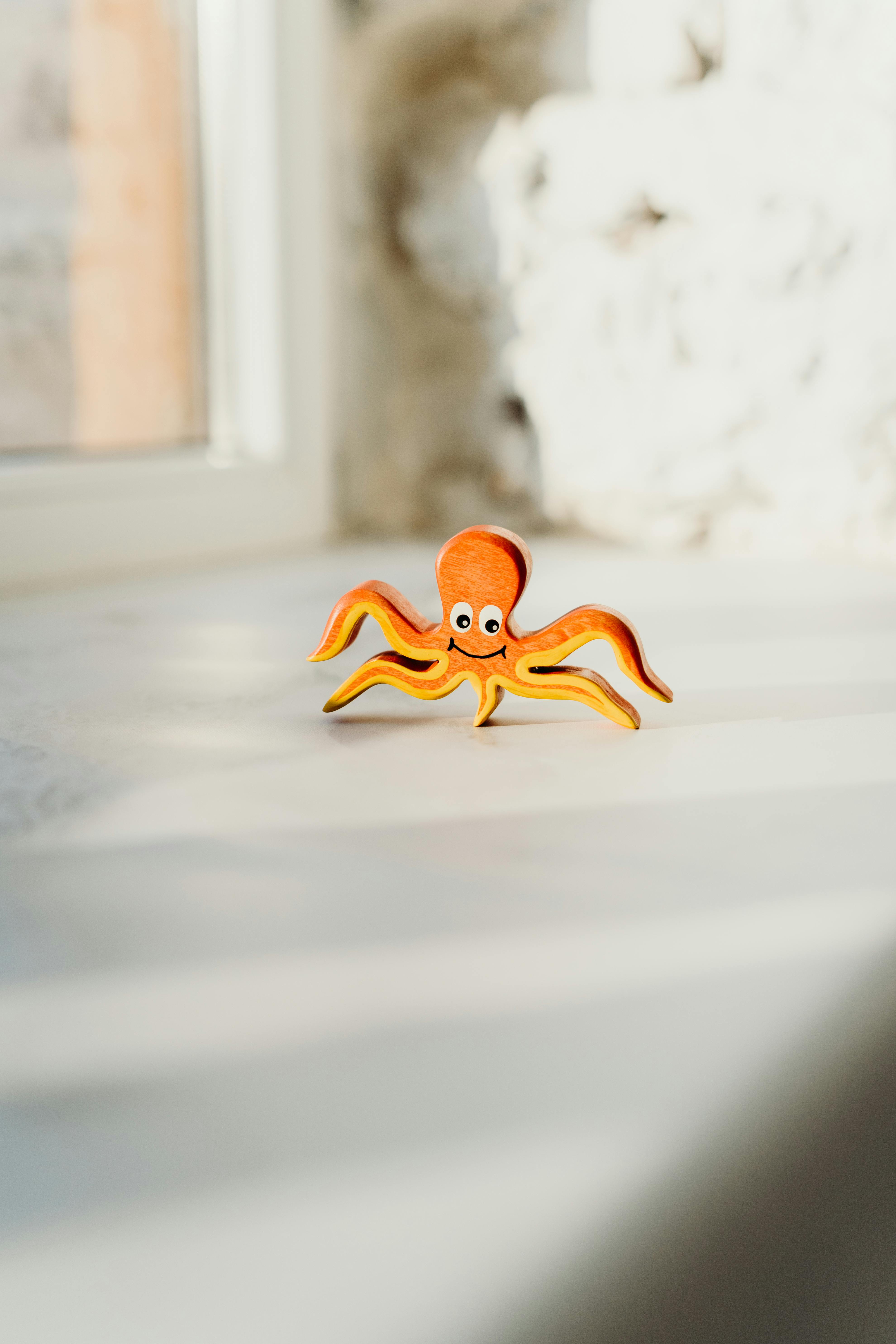"Transforming Tiny Spaces: The Micro Living Movement"
In an era where space is at a premium and the cost of living seems to be spiraling upwards, a new trend is taking root in the world of interior design and spatial planning: Micro Living. This trend reimagines compact spaces, proving that small doesn't necessarily mean cramped or uncomfortable.
Unfolding the Micro Living Phenomenon
Micro Living took flight with the rise of urbanization and escalating housing costs. As city populations swelled, the need for affordable, space-efficient homes became a pressing concern. Enter Micro Living, a design philosophy centered around maximizing the utility of small spaces while ensuring comfort and style. It is about living large in small spaces, a testament to the adage, “less is more.”
Current Micro Living Design Trends
The current trends in Micro Living revolve around multi-functional furniture, smart storage solutions, and a minimalist approach to belongings. Modular furniture, such as convertible sofas and pull-down tables, allows for flexibility, while hidden storage solutions maximize every inch of available space. Light, neutral colors are preferred for their ability to make a room feel larger and more open.
Practicality of Micro Living
Micro Living isn’t just a design trend—it’s a lifestyle choice that embraces simplicity and sustainability. It’s about reducing clutter and learning to live with less, which can lead to a greater appreciation for the things you do have. Market trends are reflecting this shift, with an increasing number of homeowners and renters opting for smaller, more affordable spaces. This trend also plays into the growing remote work culture, where home and workspace often overlap.
Enhancing Daily Living with Micro Living
Micro Living enhances daily life by encouraging organization and minimizing distractions. It fosters creativity as one has to think outside the box to make the most of a small space. It’s not just a solution for city dwellers or those on a budget; it’s a versatile design approach applicable to any space, large or small.
Conclusion
The Micro Living movement is more than just a response to space and economic constraints—it’s a testament to human ingenuity and adaptability. It’s about making the most out of what we have and finding comfort and style in simplicity. Whether you live in a studio apartment or a spacious home, the principles of Micro Living can help you create a space that is efficient, comfortable, and uniquely yours.





